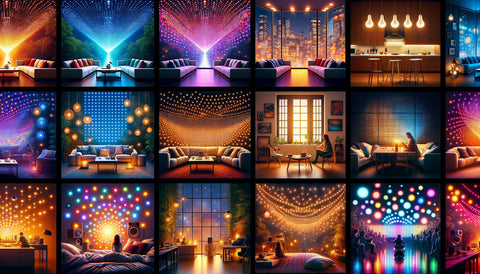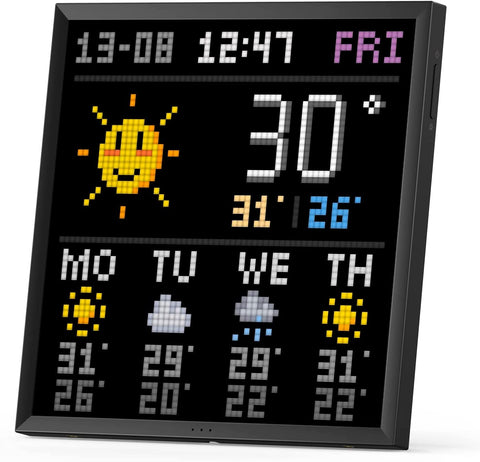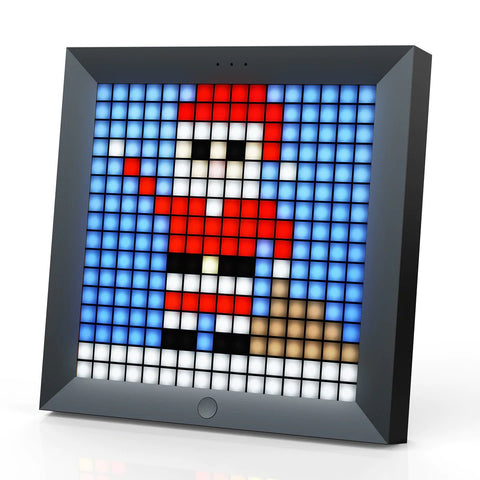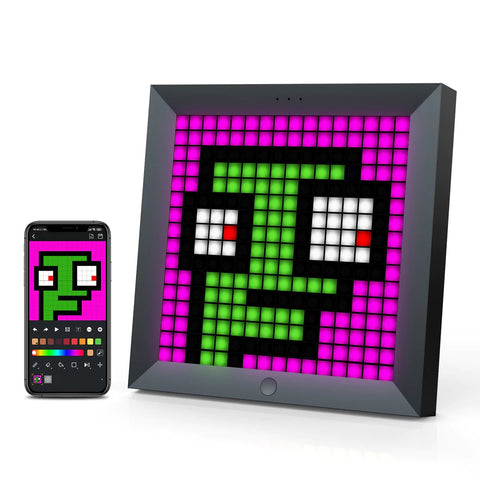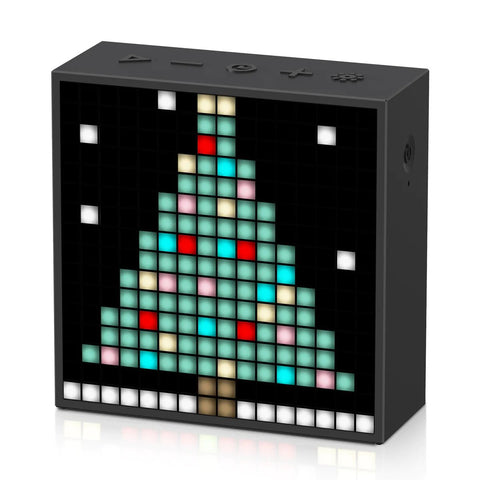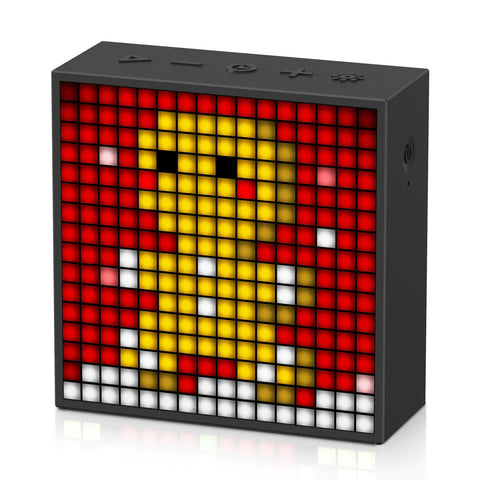Have you ever questioned what makes a music listening experience more magical? Well, if you have, here's a blog post dedicated to examining the impact of pixelated light displays and ambient lighting on music appreciation. As a music lover or a concert organizer, understanding these aspects could make a considerable difference in the overall experience..
Understanding The Basics
Before diving into the comparison, let us take a moment to understand the basics of pixelated light displays and ambient lighting.
Pixelated Light Displays
Pixelated Light Displays, often seen at music concerts and festivals, involve the use of LED lights to create a spectacular visual spectacle that synchronizes with the music being played. This technology imparts a pulsating, visually stunning environment which can elevate a listener's experience to a new level.
Ambient Lighting
Ambient lighting, on the other hand, is a more passive form of lighting. It is about creating a specific mood or atmosphere with the use of light. In the context of music, ambient lighting can add depth and character to the music, enhancing the emotional response of the listener. Controlled changes in lighting and color schemes can cozily compliment or radically transform the music environment.
A Comparative Analysis: Pixelated Light Displays Vs. Ambient Lighting
Now that we’ve established a basic understanding, let’s dive into the interactive dance between audio and the visual elements, helping us decide which option enhances the music listening experience better.
Interactivity and Synchronization
Pixelated light displays are often programmable and can be synced with the music, enhancing the intensity and the rhythm of the sounds. With advanced technologies coming into play, pixelated light displays simply seem more ‘alive’, syncing up with every beat and rhythm. Conversely, ambient lighting is generally static, although subtle changes can be programmed over time.
Mood Enhancement
While pixelated light displays can be enthralling with their bright and dynamic visuals, ambient lighting has a significant impact on setting the mood. Gentle, warm lighting can provide a relaxed and intimate environment for slower, more emotional pieces, while flashes of intense color can add to the excitement of an upbeat track.
Versatility
As far as versatility is concerned, both types of lighting have their merits. Pixelated light displays offer endless customization options, but they are complex and can be quite expensive. Ambient lighting, being simpler and more accessible, can be effectively used in a broader range of situations, even in home settings.
Practical Applications
Moving beyond the realm of theory, let's explore some real-life situations where pixelated light displays and ambient lighting have been used to enhance music experiences.
Concerts and Music Festivals
From towering stages at large-scale concerts to popular music festivals, pixelated light shows are a crowd-favorite element that adds a visually stimulating and dynamic component to the otherwise sonic experience. A great example would be the Coachella Valley Music and Arts Festival, where the light show is one of the most anticipated aspects of the event.
Music Therapy
Ambient lighting has been widely used in music therapy, promoting relaxation, stress relief, and deep emotional exploration. The subtle changes in ambient lighting can enhance the therapeutic benefits of music. Therapists, such as those at the British Academy of Sound Therapy, optimize the use of ambient light settings to provide a comfortable environment for therapy sessions.
Home Music Setup
Ambient lighting can also enable music lovers to craft a personalized listening environment at home. Dimmable lights or app-controlled smart bulbs can change color according to the music genre or mood, creating an immersive experience that goes beyond ordinary sound perception.
In Conclusion
When considering pixelated light displays vs. ambient lighting, both have their unique attributes and contributions to the musical experience. The choice between these engaging elements is dependant on the type of music being played, the setting, and the individual listener's preferences. Be it a visually stunning pixelated light display at a concert or a calm ambient lighting setup at home, don't hesitate to experiment with these lighting techniques and find what works best for enhancing your music experience.
Are you ready to reimagine your music experience? To dive more into the world of musical enhancements, stay tuned for all of our upcoming posts.

